Tips To Improve Job Site Safety Using Drones
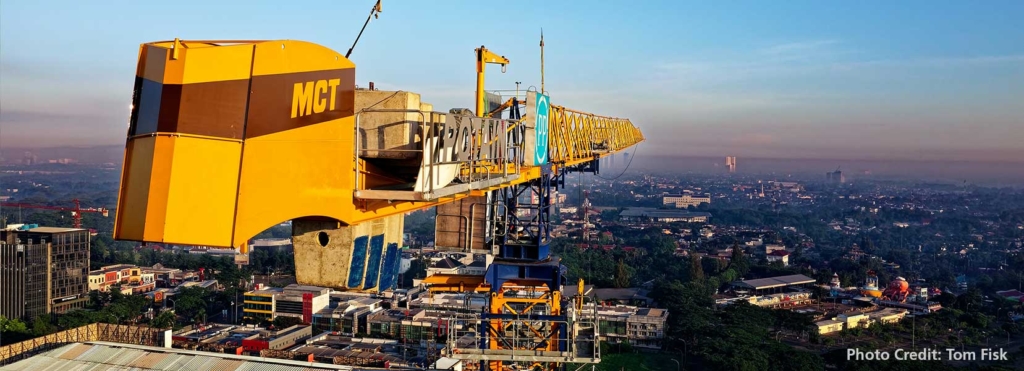
Drones are here to stay. They can be used for different drone services like construction site inspections to check structures for integrity, or as a mobile inspection camera, helping operators see where they’re working and what’s around them. With this increase in use of drones comes an increase in the number of accidents involving drones as well. According to Construction Industry Research Council (CIRP), there were nearly 650 drone-related incidents reported each month between January and July of 2017, a 38% increase over the same period last year. The first recorded accident with a drone happened in the U.S. back in August 2017 when an industry drone crashed into a crowd while filming fireworks at a holiday celebration near San Francisco. If you’re operating heavy machinery or cranes at your job site, you need to bring your operation into line with best practices so that it remains as safe as possible for everyone involved. Read on for more information on how you can improve job site safety with drones.
What Are The Risks Of Using Drones At a Job Site?
There are many well-known risks to doing anything with a drone, but the most common one for working on construction sites is the risk of flying the drone too close to the site’s power lines. Improperly handling a drone at a job site can lead to serious injuries or death. Another risk that comes with using drones is potential damage to property. With increased use comes an increased risk of collisions between drones and structures including buildings, bridges, and power lines. It’s important that you avoid flying your drone near these objects so it doesn’t create further problems or damage them further.
Training is Key For Safe Use of Drones
When it comes to operating a drone, let’s not forget about the importance of training. If you’re going to be using drones for construction site inspections or other related operations, the first thing you’ll want to do is hire an expert with experience in drone safety and operation. You can also go to your local certified flight school and take a class on how to safely operate a drone. When it comes to training, there are four main steps:
- Educate yourself on how to use the equipment
- Plan a training session that meets your specific needs
- Conduct a practice session before the actual job
- Carry out regular maintenance on your equipment
Avoid Operation During Bad Weather
One of the most important safety tips for job site operators is to avoid operating during bad weather. Make sure that you’ve got an emergency plan in place, and have someone on-site at all times when it’s possible. As with any other heavy machinery or construction equipment, it’s important to maintain a safe distance from people or objects. With a drone, this means staying at least 100 feet away from anything that could be impacted by the drone. Other safety precautions for operators include never operating a drone near people, livestock, or wildlife; consider what kind of airspace you’re flying in; and never fly near airports without permission from airport management.
Complete Frequent Inspections to Catch Problems Before They Happen
Drones are a great tool for construction site inspections, but they will only be as effective as the operators make them. Regular inspections on drones can help find problems before they happen and allow you to more quickly respond to them. Operators should also always be aware of their surroundings in order to avoid accidents. Make sure that you know where flights are allowed so that you don’t inadvertently fly into restricted areas or over people’s heads. You’ll also want to set up guidelines for how long flights can last and how far away from your work area they can go while avoiding obstacles like power lines or other objects.
Don’t Rely On Sensors Alone
Drones can be a powerful tool for site inspections, but they’re not perfect. You should consider adding additional safety features to your drone operations, like barriers and warning systems. Barriers are physical structures that help prevent drones from crashing into people or equipment at the job site. Warning systems will help you identify potential threats on the ground, so you can get out of harm’s way before something bad happens. If you’re looking for ways to improve job site safety with drones, consider adding some of these extra safety measures in addition to sensors and software programs.
Use Automated Systems To Help You Stay Safe
You can use automated systems to help you stay safe. These systems can help with everything from your navigation and flight path to takeoff and landing, enabling you to focus on the job at hand without having to take over manual control of your drone. If you’re using a drone for construction site inspections, for example, an automatic system will tell it when it has reached a point where it needs to land or take off again. You’ll also be able to monitor the battery life of your aircraft while in flight by setting your flight parameters accordingly. This will help you manage your time efficiently and save money in the long run as well.
The use of drones at a job site can help in the process of completing projects efficiently and safely. However, it is important that you manage the risks of the technology and use it in a responsible way.

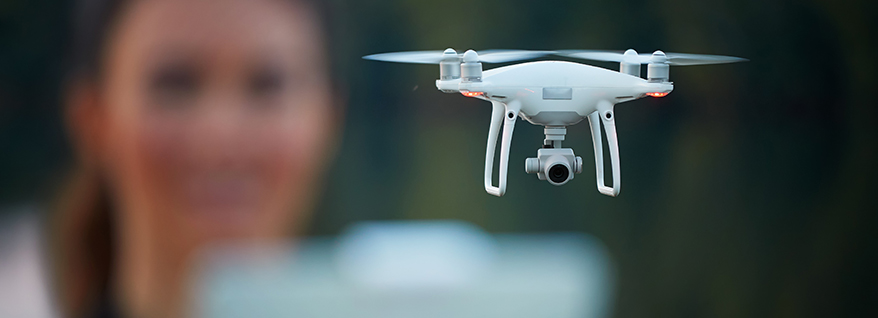
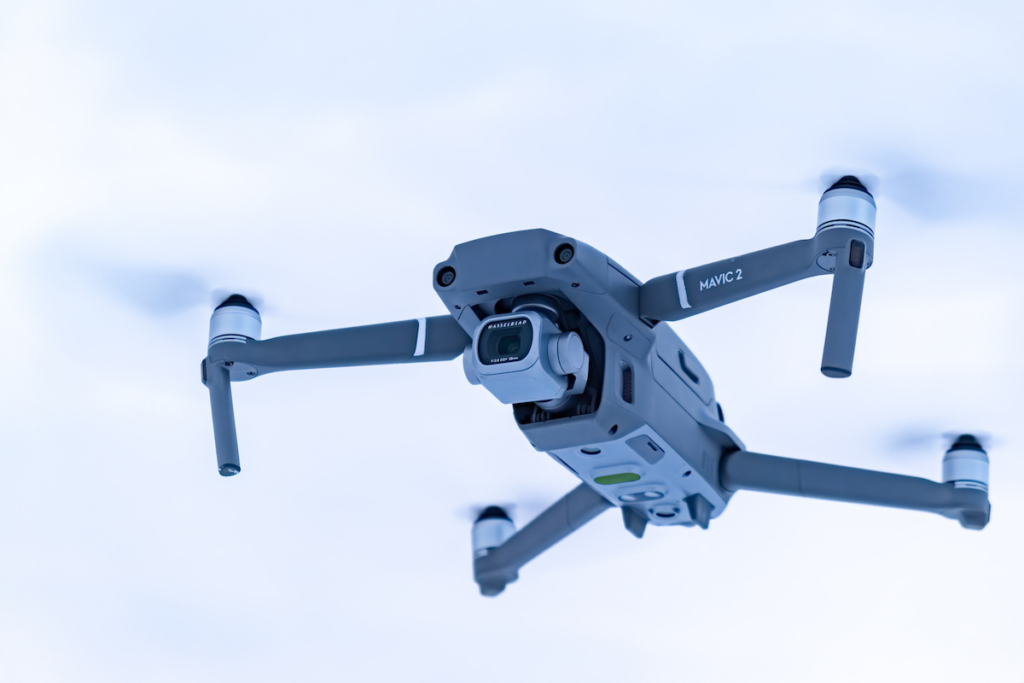
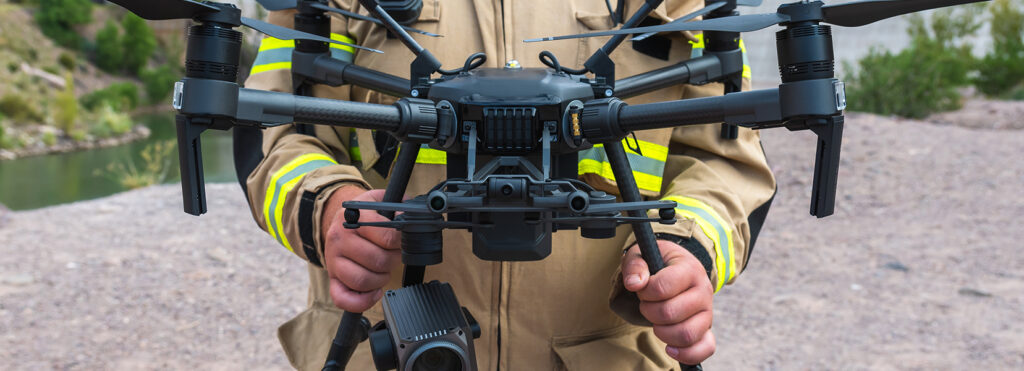
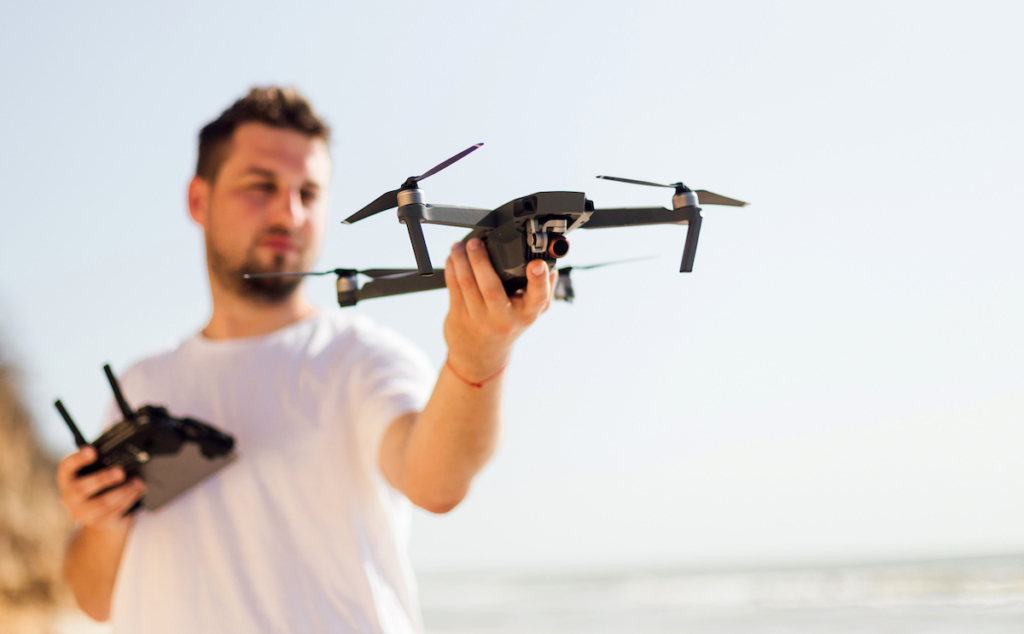
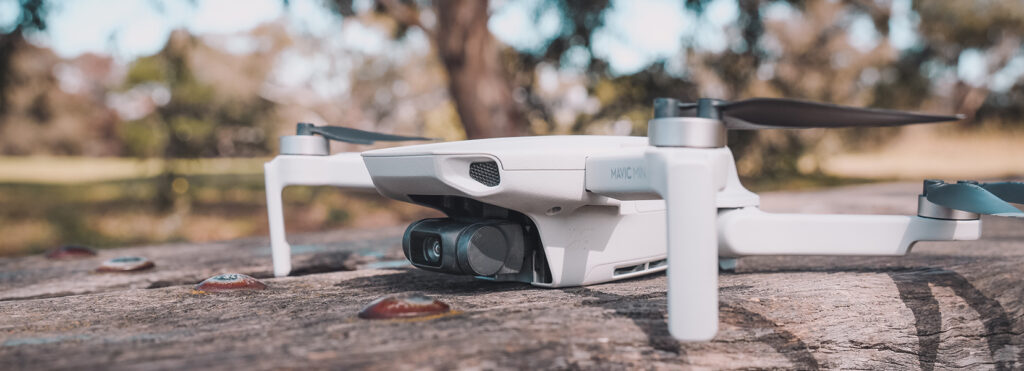
Responses